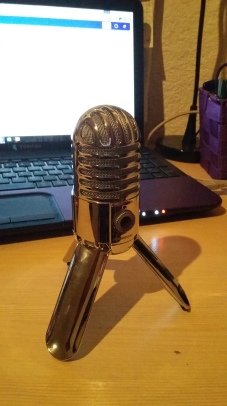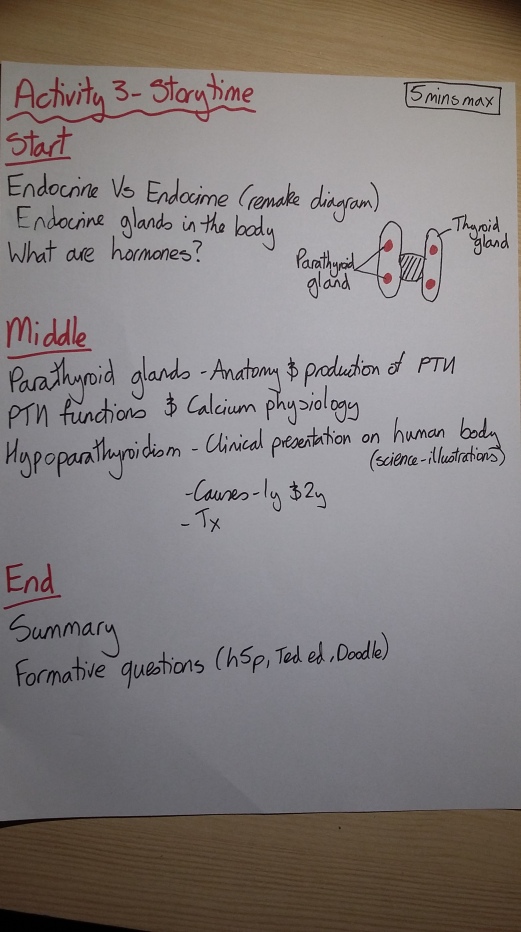I took some time off doing my project this weekend for various reasons and I was a bit worried last night that I wouldn’t get it all done for Friday. Technically we have until the following Friday but I’d rather get it all wrapped up before I head home for summer. Knowing I was busy this weekend I planned out my days and what I wanted to have achieved each day:
- Tuesday – Diagrams complete
- Wednesday – Photographs taken an editing
- Thursday – Editing and presentation
- Friday – Presentation on final project
I completed my goal for today and got all my diagrams drawn and cut out. I wondered how best it was to do the parathyroid blood supply and eventually took some inspiration from a Grey’s Anatomy flashcard I had. So it’s almost anatomically correct… Cutting it out was a nightmare but I am so glad I didn’t break it. I think that would have set me up for a bad day. I’ve done it so it can be placed on top of my posterior trachea and thyroid glands so I didn’t have to cut them out again! Here it is. This isn’t the best picture and I think I will have to blu-tack it down tomorrow when I photograph it properly.

I must have spent the best part of an hour on this but I’m glad I did as I think it looks alright and should look better stuck down.
I then moved on through my story board and created the rest of my diagrams with my favourite being the “autoimmune attack of the parathyroid glands”:

I’ve tried to keep my colours consistent so it is obvious in the video what is what and this will be backed up by the voice-over. And also kept the diagrams to minimal detail to make them easily understandable. I think I might have overdone it with the detail on the trachea but hey ho. Here’s some of my other diagrams:

This afternoon I managed to get some of the video sorted with the addition of powerpoint slides. Quite a few of my storyboard frames were mainly words and I thought it would look much better if they were done on PPT and inserted rather than me write them in between each take. This was a fairly easy process with the layout of the slides and making sure things were centered being the most difficult. I got some advice from the very talented Annie Campbell about adding some colours to the PPT slides. With being busy and conscious of the due date I hadn’t even considered adding colour! It’s great that something so simple now makes it a lot more appealing!
Tomorrow I’m borrowing a TILT video recorder/ digital camera to take the pictures and will start to bring them into the video. I thought the editing would take a lot of time but it was easy this afternoon with the PPT slides so hopefully it will be as easy with pictures!
I’ll post again tomorrow and we can see if I meet my goal again! You can follow my progress on Twitter – I tend to post there as I’m going along! I can be found at @LRBarry
Sleep well team,
Laura


